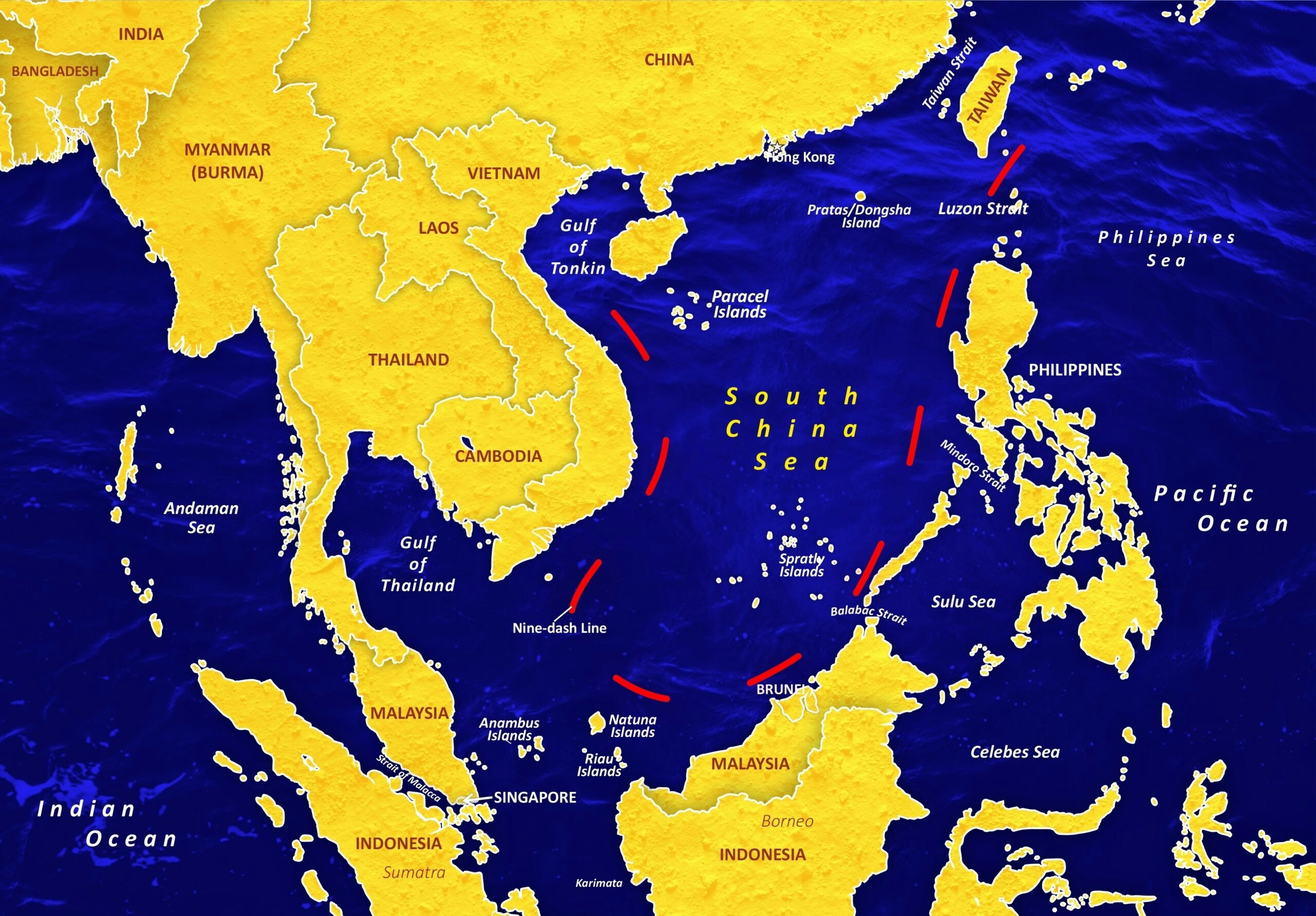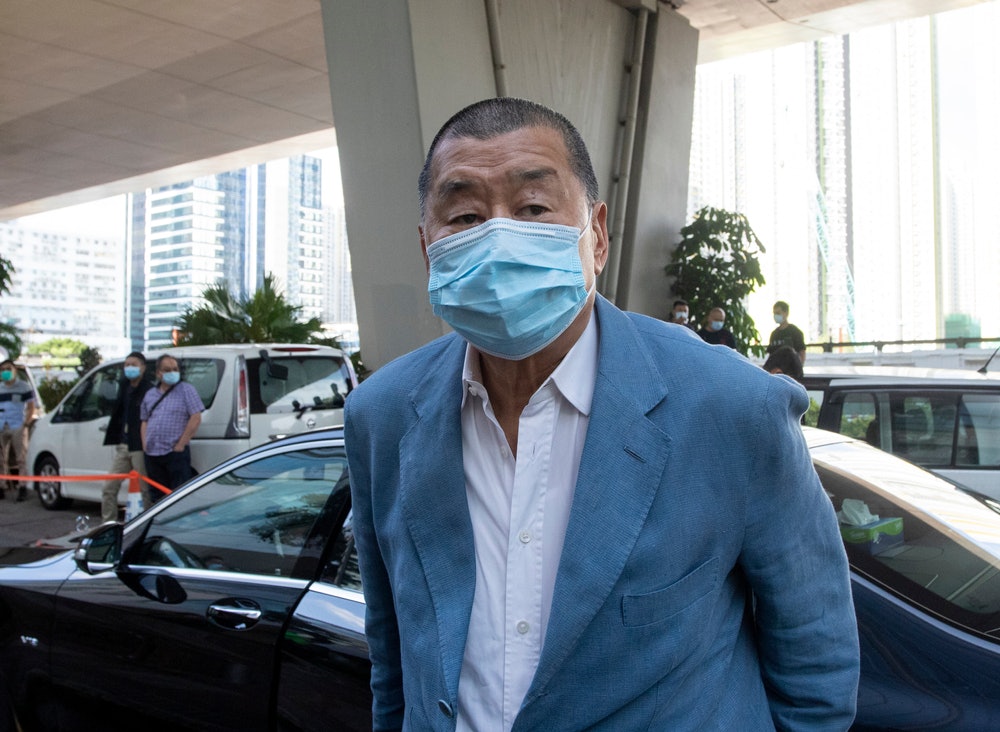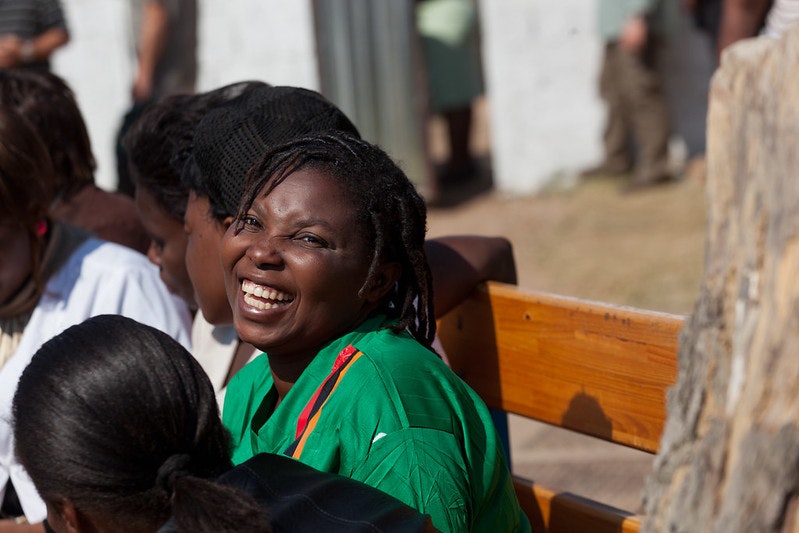There’s new hope in the global fight against AIDS, thanks to a promising new drug that has proven to be successful in preventing HIV infection among some of those at the highest risk. But as we work together to bring these tools forward let’s redouble our efforts expanding what we know works.
As health officials, advocates, and experts meet this week in Munich, Germany, for the world’s largest convening on HIV/AIDS, we encourage them to learn from the past. They must double down on data-driven programming, identify gaps and bring in new tools to address them, and increase civil society engagement and partnerships, the primary methods the President’s Emergency Plan for AIDS Relief (PEPFAR) has used to save 25 million lives over the past 21 years.
The new drug can enhance PEPFAR’s prevention programming, allowing individuals to discreetly receive prevention treatment only twice a year. That makes it a great new tool in our arsenal for those at the highest risk of contracting HIV. The drug proved to be 100% successful in preventing HIV infection among women and girls ages 16 to 25 in Uganda and South Africa.
But prevention is often a hard sell.
Health officials must work in deep partnership with communities to empower young, healthy individuals to take up a sometimes daily and expensive regimen that comes with stigma, embarrassment, and fear.
The daily oral pill pre exposure prophylaxis (PrEP) has been the primary HIV prevention drug for decades and is the cornerstone of PEPFAR’s prevention programming. During the 2023 fiscal year, PEPFAR enrolled 1.95 million new people on PrEP. Combined with effective treatment and suppression of viral load, prevention interventions reduced new cases by 60% between 1995 and 2023.
But we know from the PrEP rollout that those who would benefit most aren’t always eager to begin taking prevention drugs. Low- and middle-income countries by 2020 had only reached 28% of the global target to have 3 million people on PrEP by 2025.
This lag in prevention reminds us that before sprinting toward the finish line, we must implement several lessons from PEPFAR’s work over the years. Lessons which we hope attendees at this week’s 25th International AIDS Conference in Munich will remember.
PEPFAR’s most successful programming has relied on data to determine which countries, cities, and localities need support combined with empowering specific groups. So PEPFAR must continue to use timely, granular data to determine where this new long-acting drug will have the greatest impact.
In sub-Saharan Africa, women and girls of all ages account for approximately 62% of all new infections. Recognizing this, PEPFAR has invested in the Determined, Resilient, Empowered, AIDS-free, Mentored, and Safe (DREAMS) program, particularly in places where HIV prevalence rates are highest.
With support from DREAMS, the number of adolescent girls and young women newly enrolled on PrEP increased to over 340,000 from 8,000 between 2017 and 2022. DREAMS’ success is anchored in the community and led by young women. PEPFAR can learn from DREAMS, helping get prevention medication to those who need it most and ensuring that taxpayer dollars have the greatest payoff.
Second, we must utilize PEPFAR’s community engagement approach to ensure that everyone is heard, that program managers listen, and that smart investments are made.
Before the new drug is available, PEPFAR must work closely with civil society to invest in and support those most at risk. New drugs are prone to misinformation, especially when rolled out with assistance from a foreign entity. As the new drug becomes available, PEPFAR’s decades long partnerships with local communities will be more important than ever.
Faith-based organizations and churches will be critical to building trust and demand among the broader community. Over half of PEPFAR’s funding goes to local organizations. For over 21 years, PEPFAR has worked closely alongside local and faith-based communities to share information, connect individuals to care, and demystify HIV.
Third, PEPFAR must expand private sector partnerships, since private companies and foundations are responsible for many biomedical innovations and resources. Sustainable programming requires direct engagement with communities, the private sector, and host governments to address gaps in HIV prevention, screening, and treatment. PEPFAR’s ability to facilitate and deeply engage in dialogue between these groups has been at the heart of its success.
Although the prospect of a new HIV prevention drug is exciting, it will take time and advocacy to bring it to resource-limited locations. But we have the tools to get there through data-driven programming, civil society engagement, and public-private partnerships.
The world is less than six years away from the 2030 goal to end HIV as a public health threat. The entire global health community – citizens, experts, companies, and governments – must work together to not only ensure a new drug like this gets to those who need it most, but to end HIV as we know it.
Dr. Deborah L. Birx, the former U.S. Global AIDS Coordinator (2014-2021) and White House Coronavirus Response Coordinator, is Senior Fellow at the George W. Bush Institute, where Hannah Johnson is Program Manager for Global Policy.































